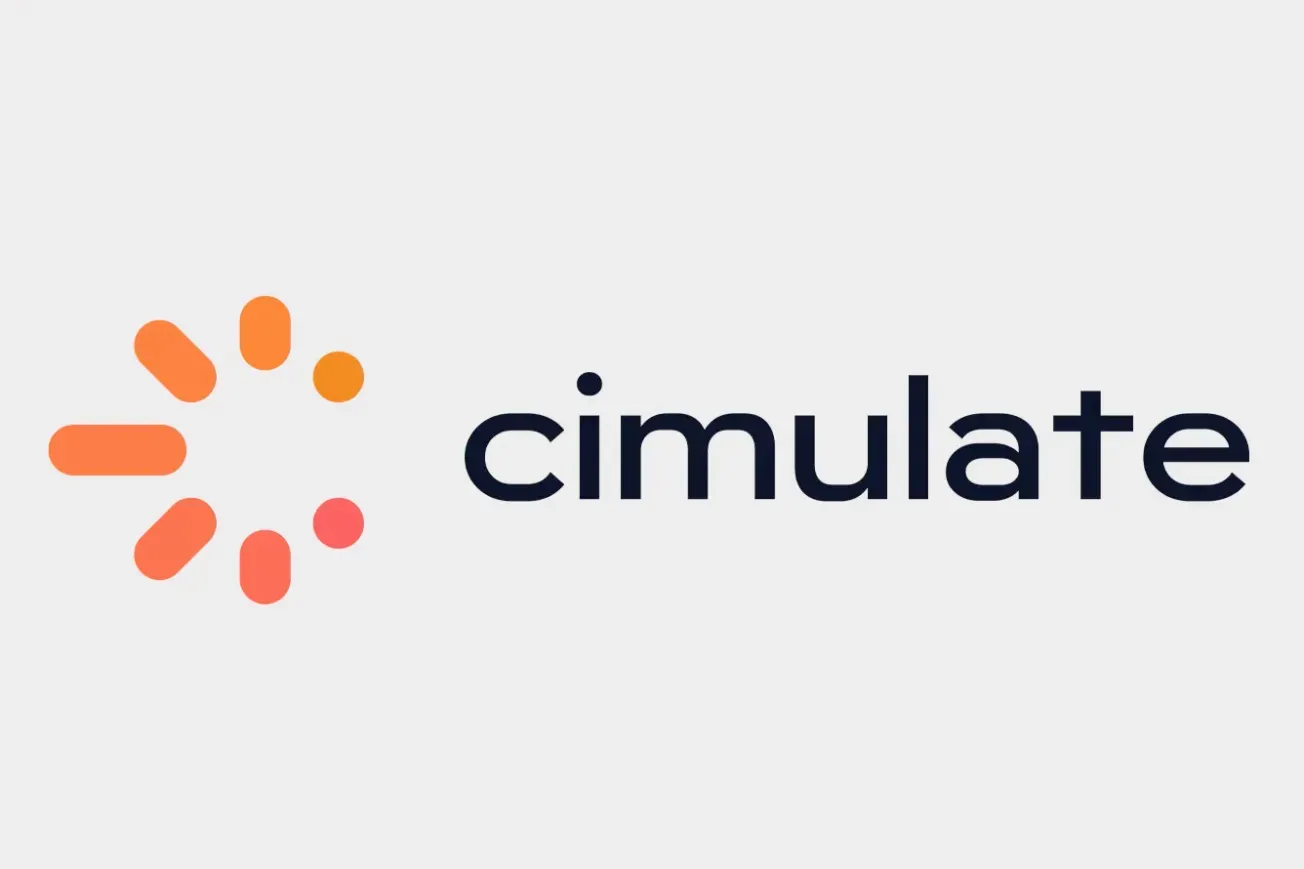The convention season is once again upon us — with the inevitable options, choices and second guesses that invariably accompany it.
The convention season is once again upon us — with the inevitable options, choices and second guesses that invariably accompany it.
The National Retail Federation, or NRF, as it is more commonly referred to, convened its annual meeting, inexplicably labeled the Big Show, in New York City in mid-January. This yearly gathering holds little of interest for the mass retailing community, perhaps because it seldom addresses the concerns or challenges of mass retailers, preferring instead to focus on the more glamorous but less significant department and specialty store segment. This year, however, the organization did reach out to Costco founder Jim Sinegal, presenting him with its version of a lifetime achievement award. While some believe this recognition is too little and has come too late to appropriately recognize a legendary retailing figure who forever realigned mass retailing in America and globally, this recognition was nonetheless a fitting tribute.
FMI, more commonly referred to by industry veterans as the Food Marketing Institute, held its first significant meeting of the new year, in Phoenix, as January wound down. While offering little that was new, it did succeed in bringing to the meeting an appropriate theme and focus, in this case the role of Big Data in a changing retail environment. While most grocery people continue to believe that FMI remains an organization seeking a purpose, a mission and a voice, those same people credit the organization for defining its role and objectives more clearly than it did, say, five years ago, when it was largely irrelevant. But these same industry people continue to insist that the industry, grocery retailing, remains more important than the association that represents it.
In two months the National Association of Chain Drug Stores, or NACDS as it is more-familiarly known, will convene its Annual Meeting in Phoenix. Throughout an amorphously defined and ever-changing period for mass retailing in America, this meeting has succeeded in retaining its role as the single most-relevant gathering of mass retailers in this country. It has done so by adjusting its mission, agenda and program, in ways large and small, to both mirror and foretell a changing retail community. Indeed, the most superfluous aspect of NACDS is its name. It more accurately represents mass retailing in America than it does chain drug retailing in America. Though challenges remain — most notably allowing equal membership status for nonpharmacy retailers — NACDS remains the signature organization representing mass retailing in America, and its Annual Meeting remains its signature event.
As the year unfolds, NACDS and FMI will both offer other opportunities for participation — and, here again, the NACDS multicategory Total Store Expo event that debuted last August in Las Vegas looks to be the best bet, though FMI does offer some interesting opportunities.
Somewhat lost in all this is the Retail Industry Leadership Association, or RILA, as most people refer to it. In a high-profile association environment, RILA is increasingly taking a lower profile, with the result that its meetings, which are generally applauded both for content and participation, are usually ignored by the retailing community until after the event. Then, the buzz almost always revolves around the question "Why weren’t you at RILA? It was a good meeting …"
Though this strategy appears to be effective in that it surrounds RILA with an aura of exclusivity, it nonetheless deprives many industry people of the opportunity to benefit from the proceedings, the environment and the high-level attendance these meetings usually produce.
Other industry events are more restrictive and restricted. ECRM remains a vital organization in providing one-on-one engagement between merchants and suppliers across a range of product categories throughout the year. Similarly, the Chain Drug Marketing Association, or CDMA, as it is more commonly called, is, for some, a smart way to get involved with a segment of the chain drug industry, a small but potentially profitable segment and one that is relatively easy to access and do business with.
Still missing from this lineup is an organization with the confidence and clout to speak for the entire mass retailing community, much as NRF manages to speak for the entire retailing community, though with confidence but not much clout. Indeed, NRF is universally cited as the source of holiday sales predictions, even though its predictions seldom turn out to be accurate. Predicting sales is a dangerous business, one often undertaken with the confidence that no one will remember the forecast in the face of the event. But certainly, more can be brought to this endeavor than NRF brings to it — and more can be expected from this exercise than NRF believes it is responsible for.
Perhaps NACDS or FMI or …





